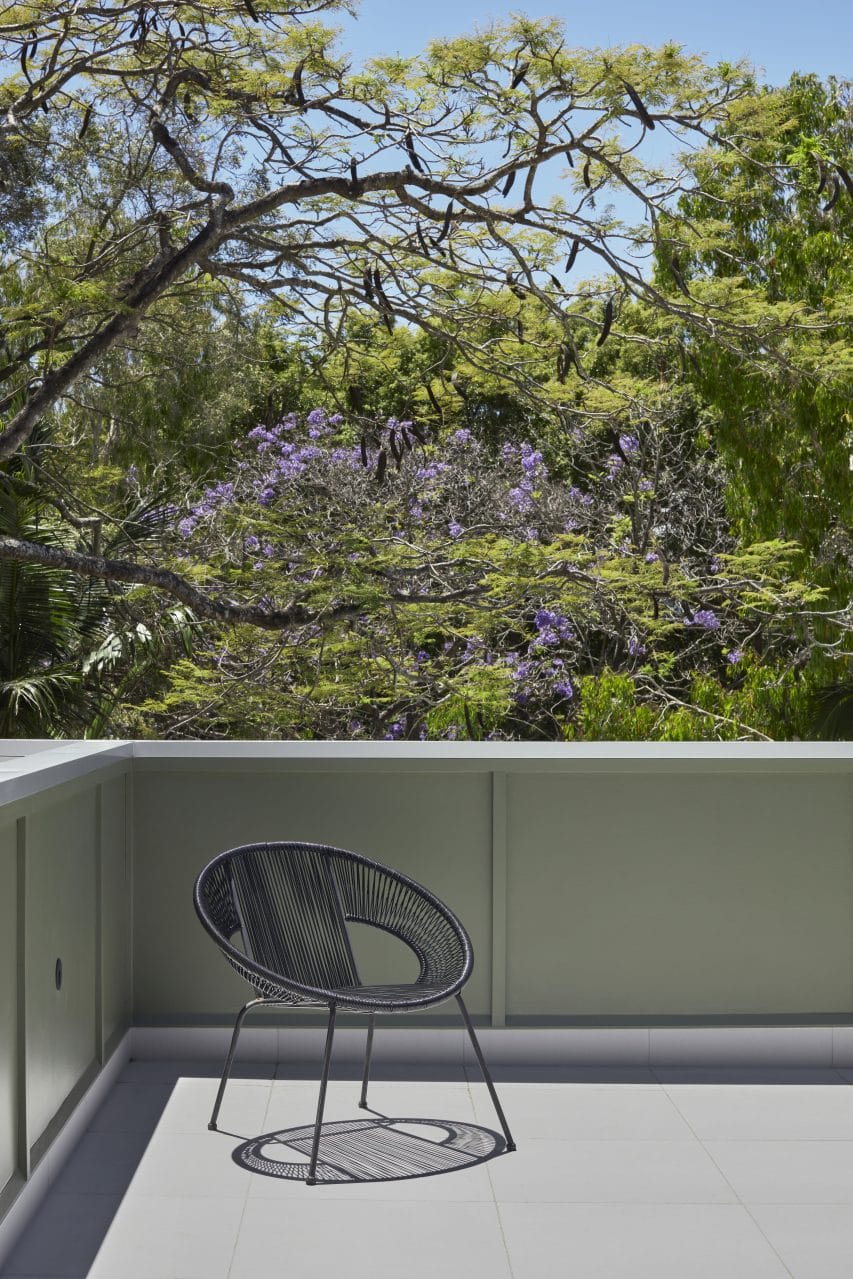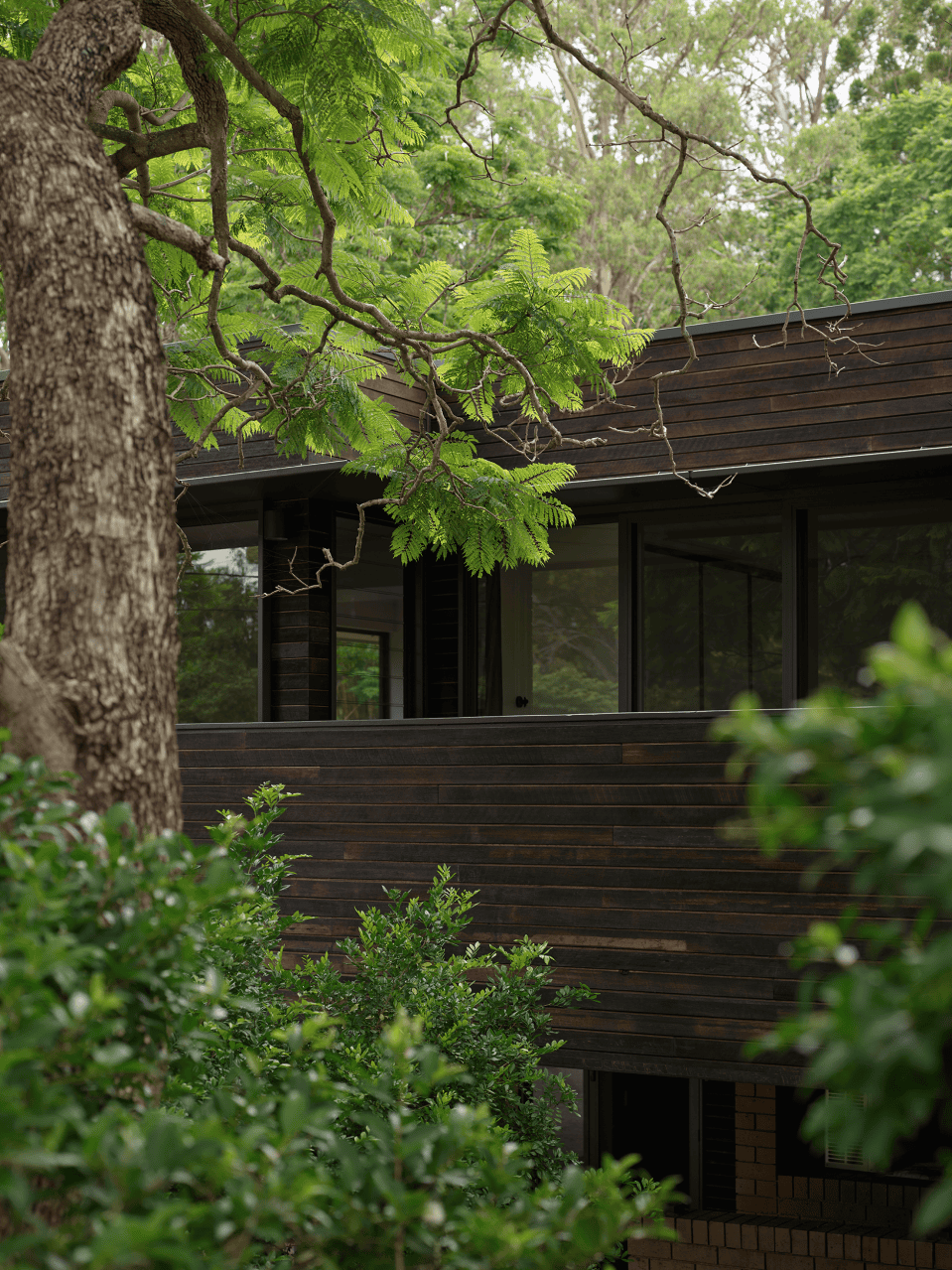Been listening to the news about climate change and feeling overwhelmed by the whole situation? For all of ScoMo’s current talk about net zero goals, it would feel much better to start taking whatever action you can.
The problem is that completely changing the way we live to reverse the damage already done to the planet is a monumental task. That’s a real bummer and the reason why feeling overwhelmed is a pretty normal response to climate change. We’re feeling it and we bet you are too.
Moving forward on climate action is something we can’t do alone – because it requires not only innovation, but also collaboration on a scale that has never been seen before. No biggy…
But things are changing.
This year we at Maytree – alongside many other architects – signed an Architect’s Declare commitment to take action towards sustainable design. There are 10 objectives we have agreed to work towards, and you can see them here.
Our first step was to up skill our team on the current tools, databases and methods available. Andy was already in the habit of doing this work every few years, and has been amazed to see the progress the industry has made since the last time he took a deep dive. And that rate of change is only going to continue to accelerate as the pressure for change mounts further.
To date, there have been some very achievable sustainable basics we can integrate into residential architecture. These include things like solar power or green energy, rainwater collection, passive design, good insulation and building sealing. As we move into the next decade, we are expanding this focus to include low embodied carbon products (there’s a link below that explains this concept in more detail).
If you’re genuinely interested in sustainable architecture, it’s important that you do educate yourself on its basic principles, so you can advocate for yourself during the design process. That’s because in a recent conversation we had with an energy-efficiency consultant, we were advised to put a ceiling fan in a patio for reasons we didn’t necessarily agree with. We were told that this move would give the project a concession, adding an extra star in the energy report. This approach of checking boxes for compliance is a very low bar – as a result, things like stars and ratings can be misleading about the true environmental credentials of a building.
Our hope is that over the next decade, we as designers will move away from the checkbox approach, and instead make the difficult changes necessary to create the type of world that we want the next generation to live in.
Our studio is committed to this work – and we hope you’ll join us on our journey as we share what we’re learning (the easiest way to do this is to sign up to our newsletter).
If you’re genuinely interested in sustainable architecture, it’s important that you do educate yourself on its basic principles

Want to build a more sustainable home? These are the top 5 things you should be thinking about…
1. Invest now for your future
Plan to build a home that will still work for you in 5–10 years. To do this, be aware that everyday technology and how we will live are going to change – and probably more quickly than you think.
So ask yourself a few questions about what you think your life might be like in the future. Here are some prompts to get you started:
- Will you be driving an electric vehicle in the next 10 years? If so, is it worth planning where your charging station will go?
- If you want further water storage in the future, where will the rainwater tanks go? There are some very basic ways you can plan for this, even if you can’t afford them all now.
These kinds of questions can be asked as part of a masterplanning exercise. See this renovation we completed for more tips on masterplanning and how to do it well.
2. Build with timber
Timber is still one of the more renewable materials to build with. Building a lightweight structure off the ground remains one of the best ways to achieve a low embodied carbon building. Depending on how quickly supply can keep up with demand, we will likely see a lot more timber (there’s a podcast on current timber shortages below if you’re interested!).
3. Watch out for new material alternatives
Concrete and steel are two of the biggest contributors to CO2 emissions in the building industry. Although green steel is still in its infancy, we expect to see huge breakthroughs in this space in the next decade.
4. Be open to building with waste
There is an enormous amount of embodied energy in existing buildings, and almost everything in them can be reused or recycled. A lot of companies are now in the process of changing the way they manufacture in order to start making their product out of recycled materials or waste by-products.
5. Retain the existing
Finally, the single best thing you can do to reduce your impact on the environment is to retain as much of your existing house as possible. We expect to see more renovations and less knock-downs over the coming years.
Want more? Here are the resources we love
Read: Designful
The team at Designful have created a set of easy-to-read, informative resources. They range from the complex topic of embodied energy in materials to simple steps for reducing operational energy use in your home.
Listen: Sustainable Builders Yak
This podcast is an excellent look into sustainability in the Australian construction industry. It pairs construction and material knowledge with sustainability. The first episode breaks down the timber shortage we’re currently experiencing in Australia (something of keen interest to anyone planning a new build or renovation).
Watch: Sustainable House Day
Sustainable House Day has an excellent line-up of free virtual talks. Both experts and homeowners are speaking on topics such as:
